and Ishikawa Prefecture
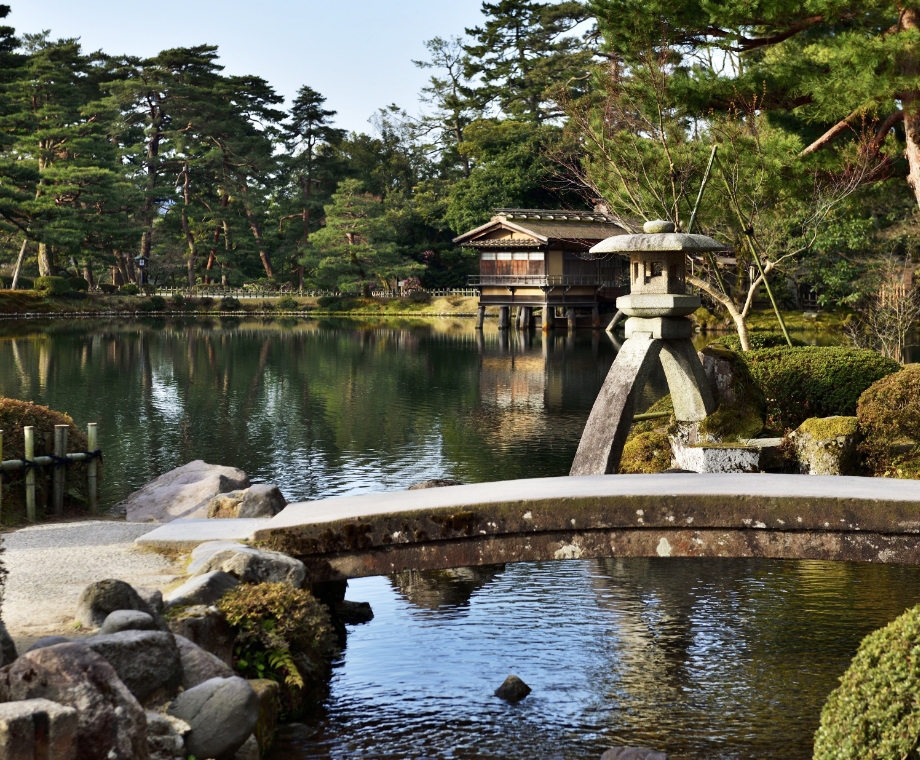
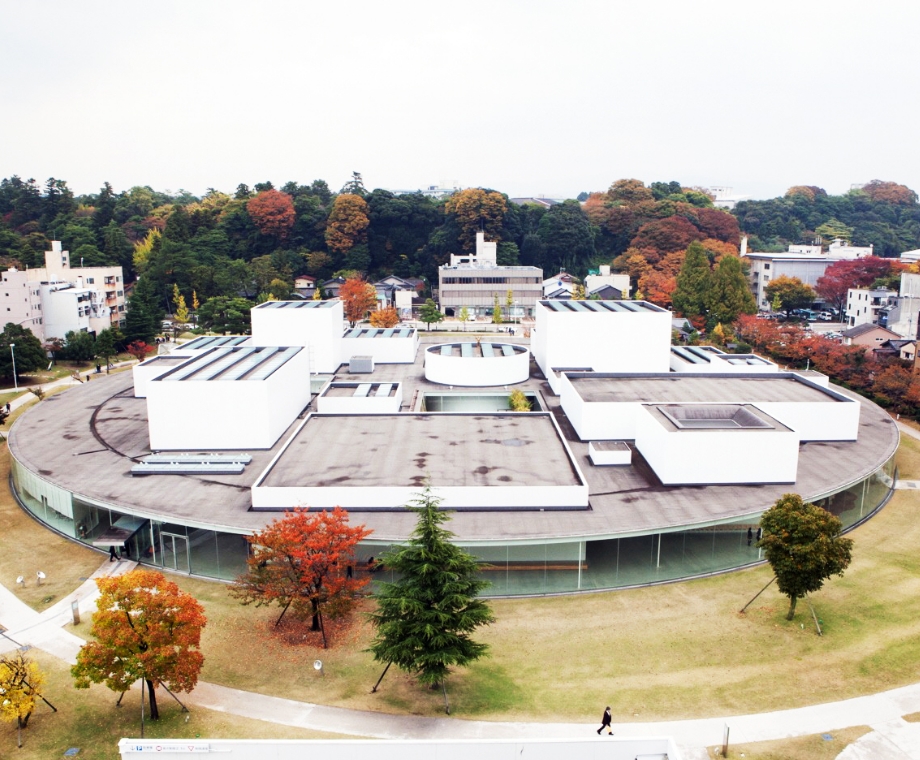
The charm of history and
modernity in harmony
As the castle town of the Kaga Domain, Kanazawa is a city where history and culture live on. Historical buildings such as Kenrokuen Garden and Kanazawa Castle remain, as do old streetscapes such as the remains of Nagamachi samurai residences and Higashi Chaya District. However, the Hokuriku Shinkansen has opened, and modern commercial facilities and art museums have sprung up around Kanazawa Station. It is a charming city where tradition and modernity coexist in harmony.
A streetscape that breathes history
and culture
Many historical buildings remain, including Kenrokuen, one of Japan’s three most famous gardens, and Kanazawa Castle, which was the castle of the Kaga clan.
Modern city functions
Not only is it a place of traditional culture, but it is also a center of modern art, attracting many people from both within Japan and overseas.
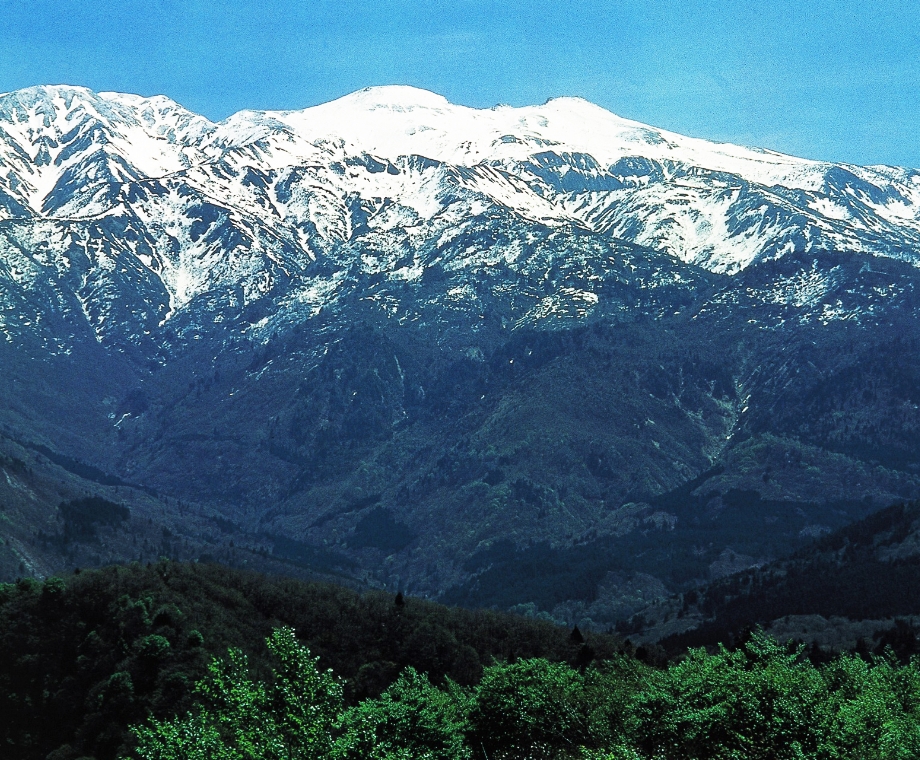
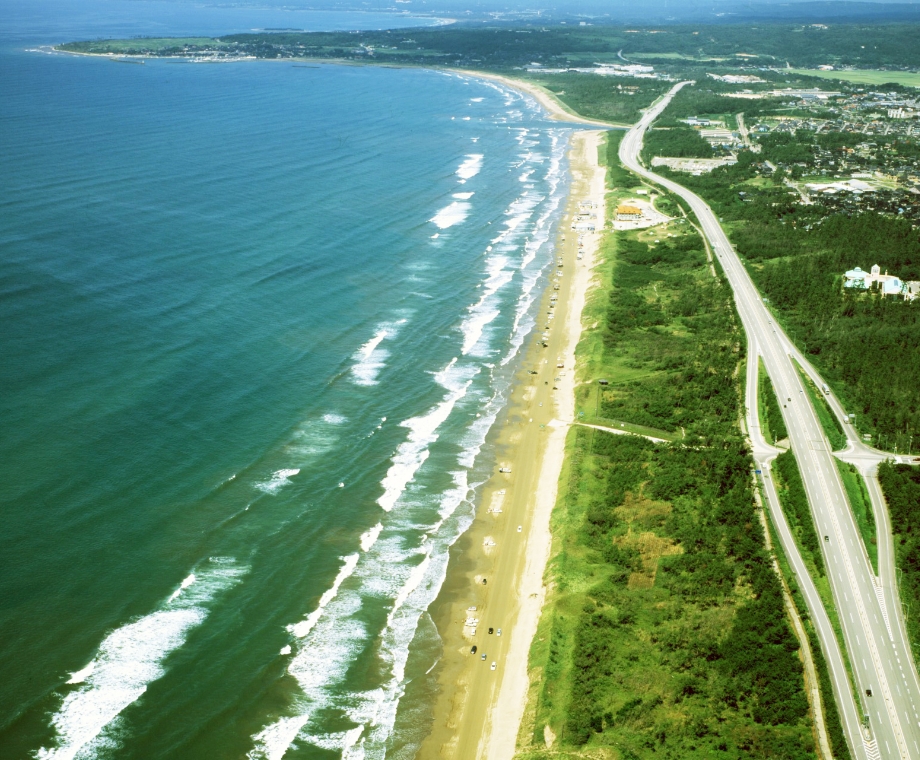
A rich natural environment in
harmony with the historic
streetscape
Kanazawa’s great charm is its close proximity to the sea and the mountains. This geographical characteristic has brought about a rich diversity in the city’s culture, food, and lifestyle. The closeness of the sea and the mountains allows you to experience the benefits of both on a daily basis.
Tedorigawa Geopark,
a UNESCO Global Geopark
There is abundant nature close to the city, including Mount Io and Mount Utatsu, where you can enjoy outdoor activities such as hiking and trekking.
Beautiful coastline
The coastline is dotted with beautiful scenery perfect for driving or cycling, including a beach that has been selected as one of the top 100 sunset spots in Japan.
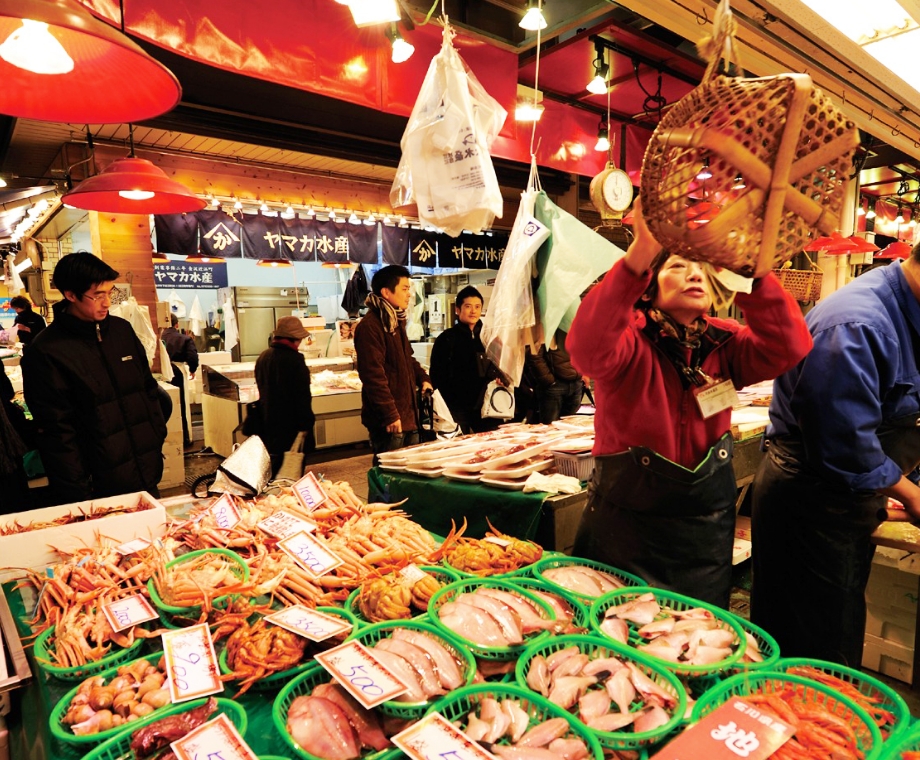
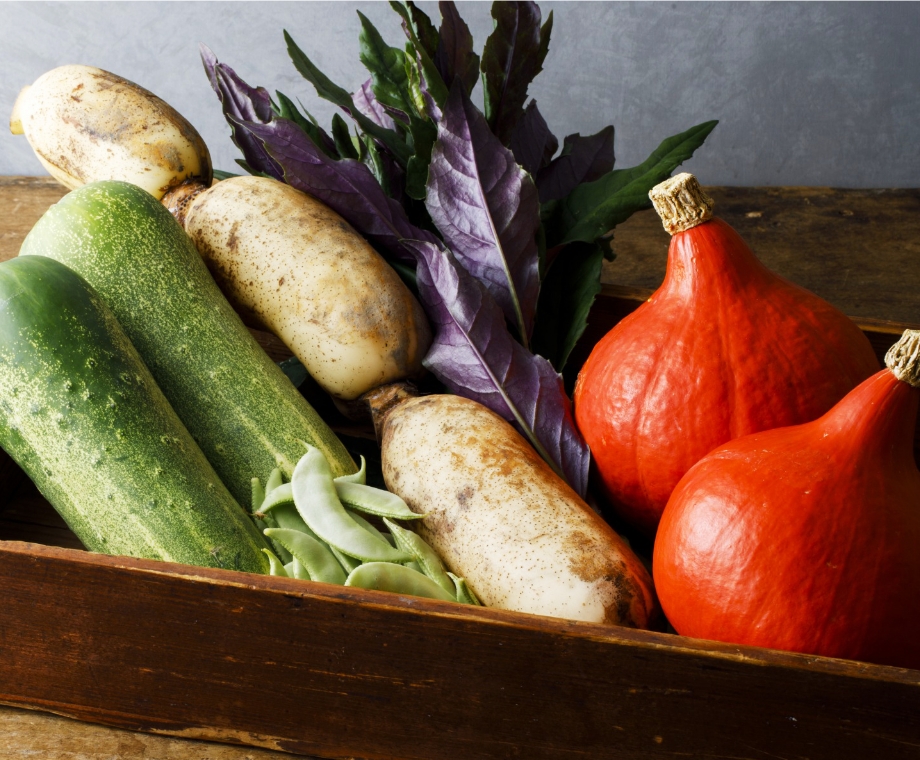
Fresh seafood and
local vegetables
It is truly a “treasure trove of food,” combining fresh ingredients grown in the abundant nature with a food culture honed over the history of Kaga’s one million koku domain.
“Kanazawa’s Kitchen” Omicho Market
Facing the Sea of Japan, Kanazawa offers fresh seafood throughout the seasons, including snow crab, yellowtail, sweet shrimp, and blackthroat seaperch.
Omicho Market, known as the “kitchen of Kanazawa,” is bustling with locals and tourists alike, and is bustling with people looking for freshly caught seafood. Kaga vegetables, known for their rich flavor and unique texture, have also been cultivated here for a long time.
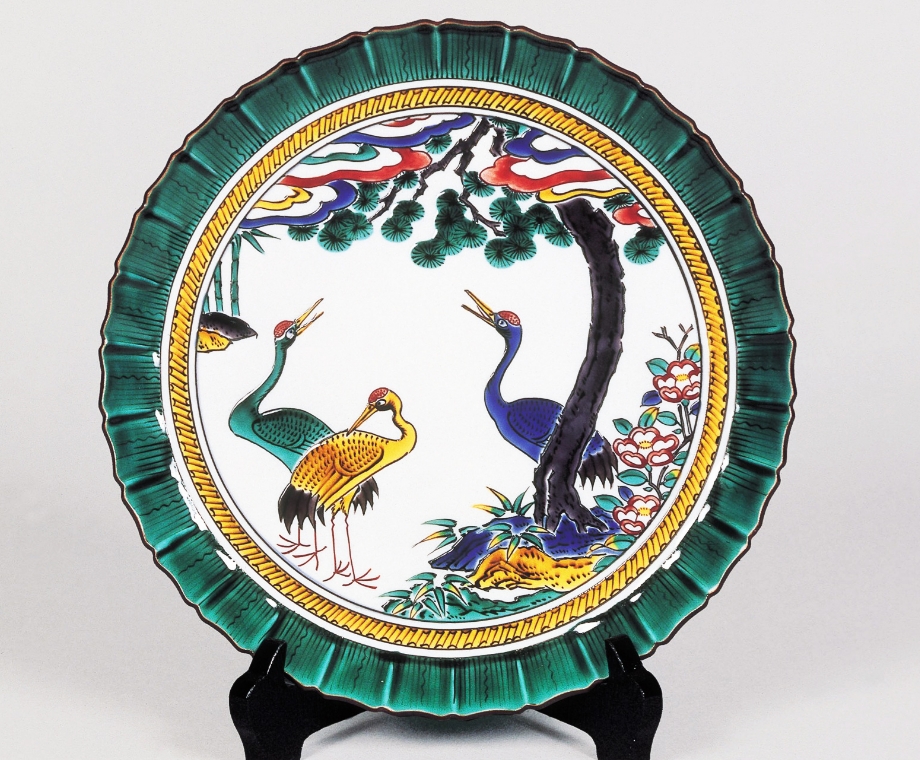
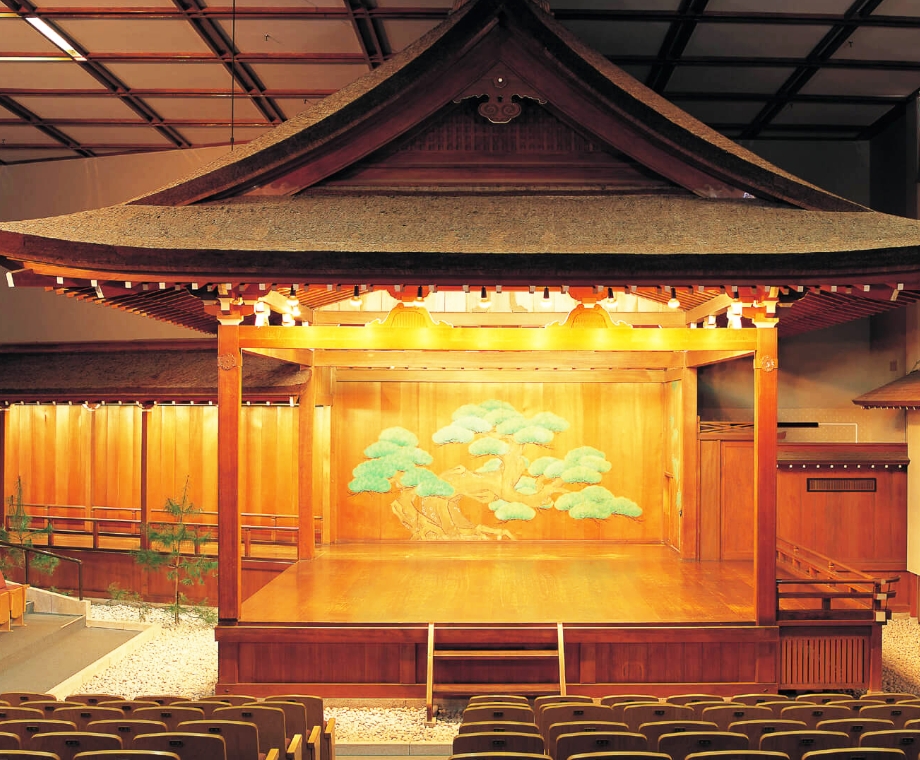
Inherited beauty, traditional
crafts and performing arts
It is a city of arts and crafts where the history of the Kaga Domain’s one million koku domain lives on. Traditional crafts such as Kanazawa gold leaf and Kutani ware are still alive today, and performing arts such as Noh theater, as exemplified by Kaga Hosho, and Kanazawa geisha dance are also thriving.
A city where traditional crafts live on
Kutani ware, Kanazawa lacquerware, Kaga Yuzen, and other arts that have been passed down since the days of the Kaga Domain continue to support the culture of Kanazawa to this day. Wajima in the Noto region is also famous for its lacquerware called Wajima-nuri.
The charm of performing arts woven
with history and culture
In addition to Noh and geisha, various other traditional performing arts such as Kaga Manzai and Kaga Tobi ladder climbing have been handed down. These performing arts are performed at festivals and events, entertaining the eyes of the people.




